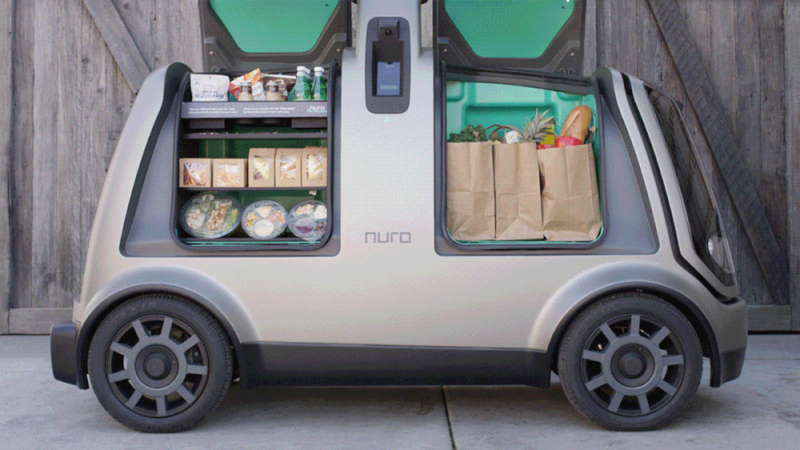
Enlarge / Nuro makes small electric vehicles for hauling cargo. They are designed to be street-legal but have no room for passengers. (credit: Nuro)
Until this week, the federal government’s car safety regulations were based on two assumptions that probably seemed self-evident when they were written: that every car will have people inside, and that one of those people will be the driver. To protect the safety of the driver and possible passengers, the Federal Motor Vehicle Safety Standard (FMVSS) requires that every car have seatbelts and airbags. It also sets minimum standards for everything from windshield strength to crash test performance.
In the coming years, these assumptions will be increasingly out of date. So on Thursday, as the Trump administration is coming to a close, the National Highway Traffic Safety Administration (NHTSA) published a new version of the FMVSS that recognizes that some cars don’t have drivers—and some vehicles don’t have anyone inside at all.
One of the biggest beneficiaries of these new rules will be Nuro, a startup that is building delivery robots designed to operate on streets rather than sidewalks. In a statement to Ars, Nuro hailed the rules as a “significant advancement that will help Nuro commercialize our self-driving delivery vehicles.”





